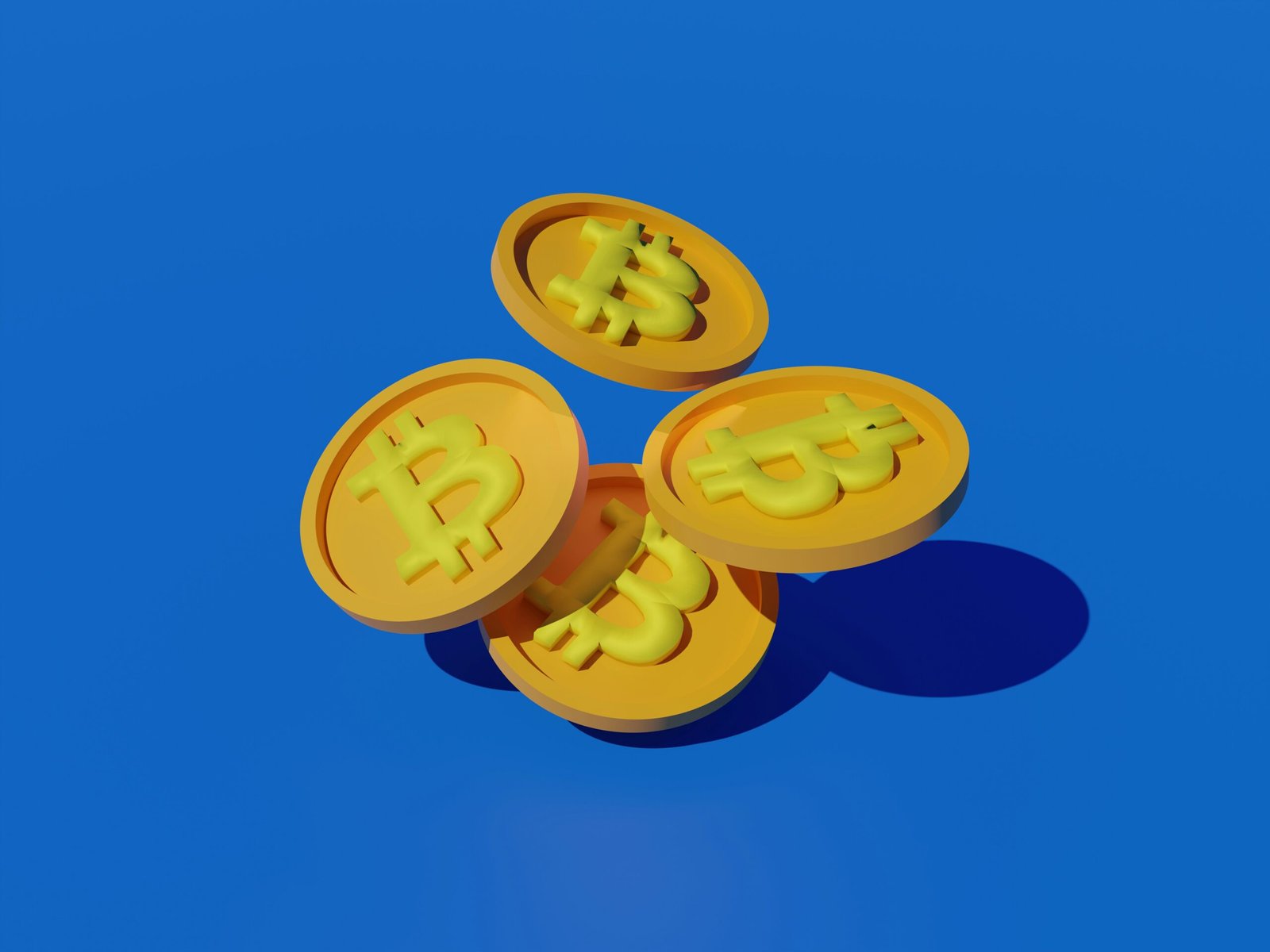Welcome to the World of Cryptocurrency!
Are you ready to dive into the exciting world of cryptocurrency? In this blog post, we’ll take you through the basics of cryptocurrency, including wallets, exchanges, miners, and the different networks. By the end of this guide, you’ll have a solid understanding of how to get started with your own cryptocurrency journey.
Step 1: Creating a Coinbase Account
One of the first steps in getting started with cryptocurrency is creating an account on a reputable exchange. Coinbase.com is a popular choice for beginners, offering a user-friendly interface and a wide range of supported cryptocurrencies.
To create your Coinbase account, simply visit their website and click on the “Sign Up” button. Fill in your details and follow the instructions to verify your identity. Don’t forget to take advantage of Rakuten to get cash back on your purchases!
Step 2: Buying Your First Coin
Now that you have your Coinbase account set up, it’s time to buy your first cryptocurrency. Coinbase supports a variety of coins, but for beginners, USDC, Bitcoin, Ethereum, Solana, and Litecoin are considered safe bets.
To buy your chosen coin, navigate to the “Buy/Sell” section on Coinbase. Select the cryptocurrency you want to purchase and enter the amount you wish to buy. Review the details and confirm the transaction. Congratulations! You’ve just completed your first cryptocurrency purchase.
Understanding Cryptocurrency
Now that you’ve taken your first steps into the world of cryptocurrency, let’s delve a little deeper into the key concepts you need to understand.
Cryptocurrency Wallets
A cryptocurrency wallet is a digital wallet that allows you to securely store, send, and receive your cryptocurrencies. Wallets come in various forms, including software wallets (desktop or mobile applications) and hardware wallets (physical devices).
It’s essential to choose a reliable wallet that offers robust security features. Some popular wallet options include Ledger, Trezor, and MetaMask. Remember to keep your wallet’s private keys safe and never share them with anyone.
Cryptocurrency Exchanges
Cryptocurrency exchanges are platforms where you can buy, sell, and trade cryptocurrencies. They act as intermediaries, connecting buyers and sellers. Besides Coinbase, other well-known exchanges include Binance, Kraken, and Gemini.
When choosing an exchange, consider factors such as security, fees, available cryptocurrencies, and user experience. It’s also crucial to conduct thorough research and read reviews before trusting an exchange with your funds.
Cryptocurrency Miners
Cryptocurrency mining is the process of validating transactions and adding them to a blockchain. Miners use powerful computers to solve complex mathematical problems, and in return, they are rewarded with newly minted coins. Bitcoin and Ethereum are two popular cryptocurrencies that rely on mining.
However, mining can be resource-intensive and requires specialized hardware. As a beginner, it’s unlikely that you’ll engage in mining, but it’s important to understand its role in the cryptocurrency ecosystem.
Cryptocurrency Networks
Cryptocurrencies operate on different networks, each with its unique features and protocols. Bitcoin, for example, operates on the Bitcoin network, while Ethereum has its own network called Ethereum. Solana and Litecoin also have their respective networks.
These networks enable transactions, smart contracts, and other functionalities specific to each cryptocurrency. It’s worth exploring the different networks to understand the benefits and use cases of each cryptocurrency.
Conclusion
Congratulations on completing your first steps into the world of cryptocurrency! In this beginner’s guide, we covered the basics of wallets, exchanges, miners, and cryptocurrency networks. Remember to do thorough research, stay updated with the latest news, and exercise caution when investing in cryptocurrencies.
Now that you have a solid foundation, you can continue exploring the vast opportunities that cryptocurrency has to offer. Happy investing!



